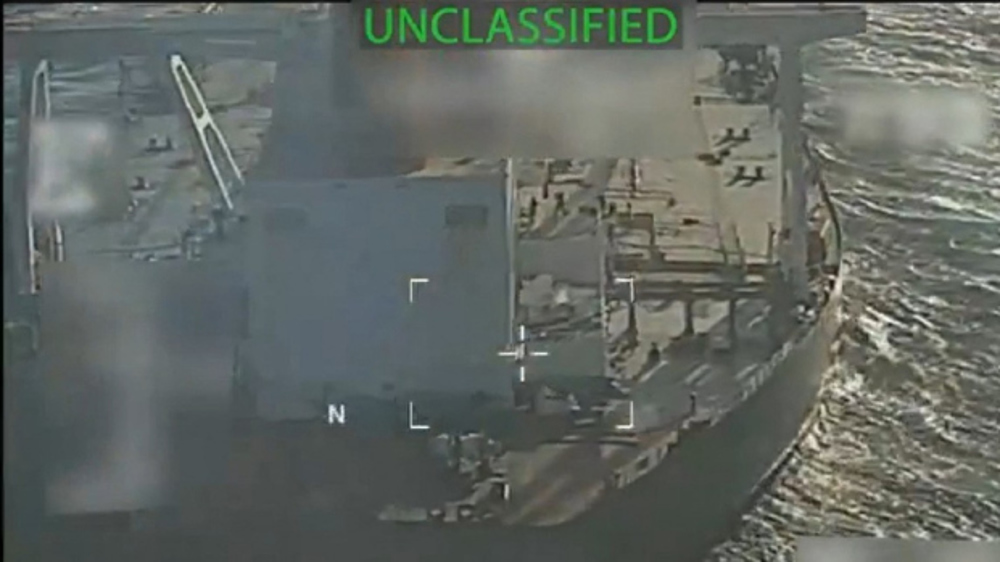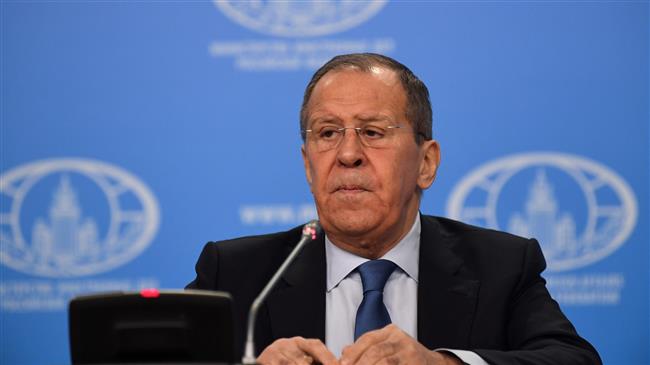Pentagon has no plans to fix hundreds of F-35's lingering problems: Report
The beleaguered F-35 Joint Strike Fighter is still suffering from hundreds of unresolved design flaws, according to a new report from a non-governmental watchdog, dozens of which the Defense Department has "no plan" to ever correct.
The Joint Strike Fighter Program Office’s Deficiency Report Metrics, dated Feb. 28 and obtained by the Project On Government Oversight, indicates that the Pentagon is still dealing with roughly 883 design flaws, more than half of which remain "open, in dispute."
This designation means that "pilots or engineers believed they found a problem, but the contractors tasked with fixing the problems are claiming no problem exists," according to POGO.
While the document indicates that engineers have identified solutions for some 273 of the existing problems that require either additional funding or more testing to fully implement, roughly 162 are designated as “open, no planned correction" — a sign that the F-35 program office simply intends to ignore those issues.
Indeed, minutes from a 2018 JSF Program Office meeting obtained by POGO show that officials have simply been making paperwork changes to reclassify several Category I deficiencies — which may cause death or major damage to a weapon system while restricting combat readiness per the Pentagon — to a lower status rather than actually fixing said issues.
The POGO report is just the latest damning assessment of the F-35. The latest report from the Pentagon's operational test and evaluation on the aircraft for fiscal year 2019, released to the public in January, indicates that the F-35's critical software is currently dealing with some 873 bugs, as well as 13 other "must fix" issues.
Among those "must fix" issues is the matter of the 25mm gun on the Air Force's F-35A variant, which "remains unacceptable" due to misalignment in the gun mounts that result in muzzle alignment errors, and cracking surrounding the weapon during flight. Simply put, the gun doesn’t shoot straight.
This is on top of ongoing issues with the F-35's in-flight control system that have reduced the ability of the Marine Corps' F-35B variant and the Navy's F-35C variant to maintain controlled flight during angles of attack, deficiencies that threaten the combat effectiveness of the aircraft, according to Defense News.
“Specifically, the Marine short-takeoff-and-vertical-landing variant and the Navy’s carrier-launched version become difficult to control when the aircraft is operating above a 20-degree angle of attack, which is the angle created by the oncoming air and the leading edge of the wing,” Defense News reported back in June 2019.
Of course, none of these deficiencies are preventing the Pentagon from actually deploying the F-35. According to Aviation Week, a dozen F-35As were sent to the Middle East last year to support operations against ISIS and deployed 150 weapons over the course of roughly 7,300 hours flown over 1,300 combat sorties.
The F-35 program is expected to cost $1.5 trillion over its 55-year lifespan.
Source: Task & Purpose
Ayatollah Khamenei: Iran advancing despite many challenges
Baby dies of cold as winter hits displaced Gazans amid Israeli attacks
Nuclear chief: Iran should turn from buyer to creator of technology
Swiss MPs urge revocation of UEFA tax-exemption over Israel ties
'No war on Venezuela' demonstration in US
Pezeshkian hails ‘decisive step’ in ties as Iran, Kazakhstan seal 7 deals
VIDEO | India faces new political clash over patriotic song
VIDEO | Press TV's news headlines













 This makes it easy to access the Press TV website
This makes it easy to access the Press TV website